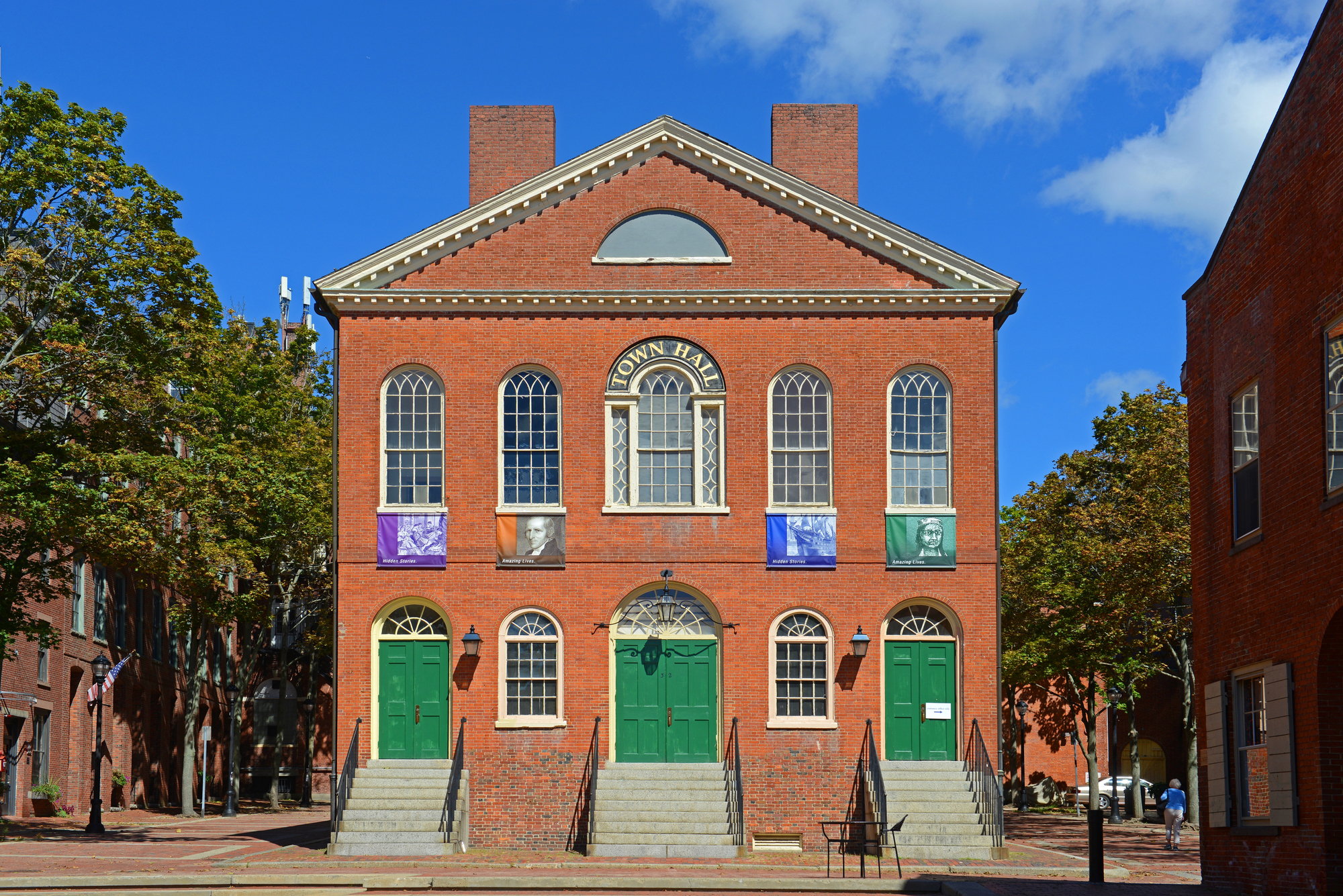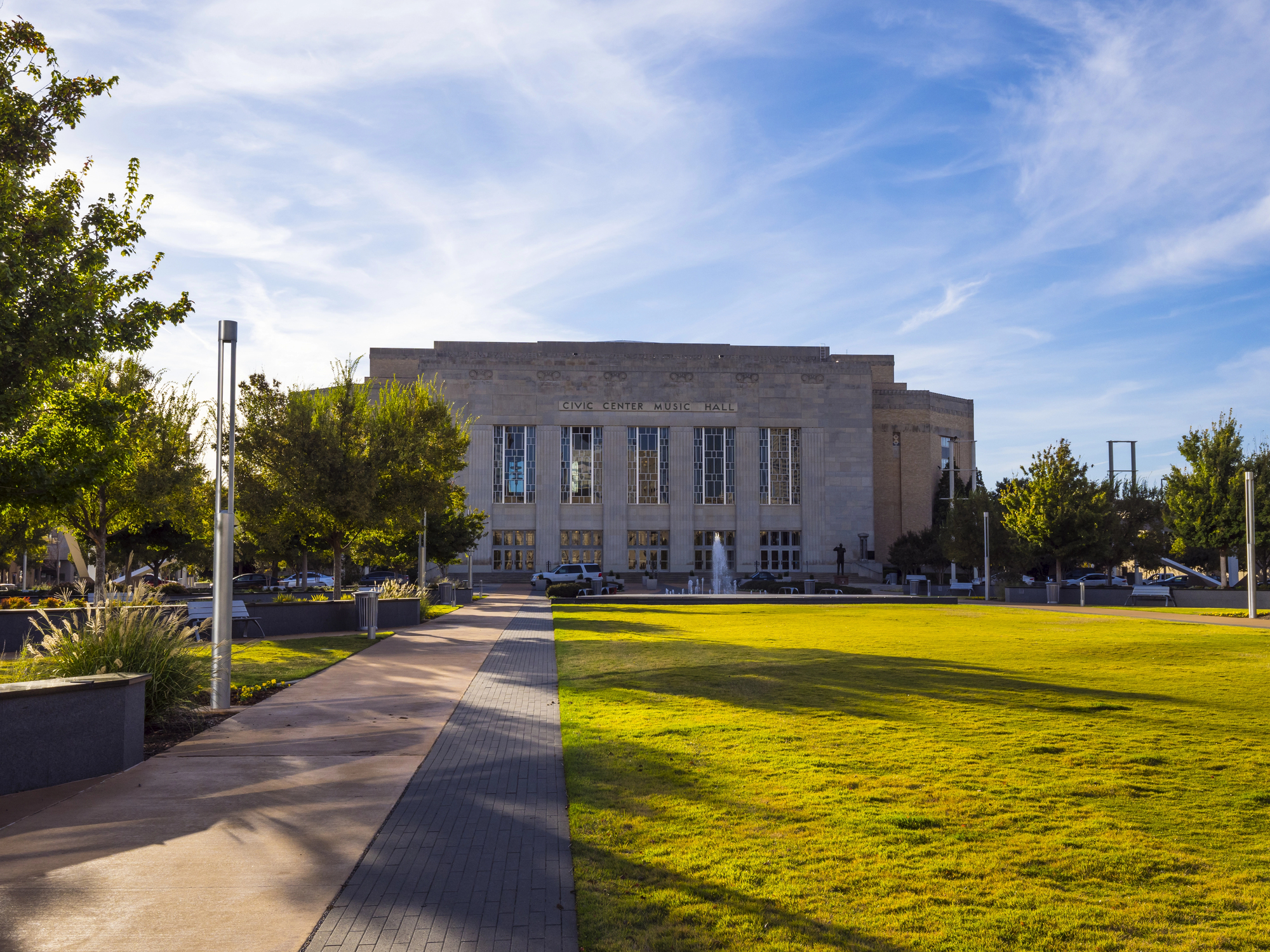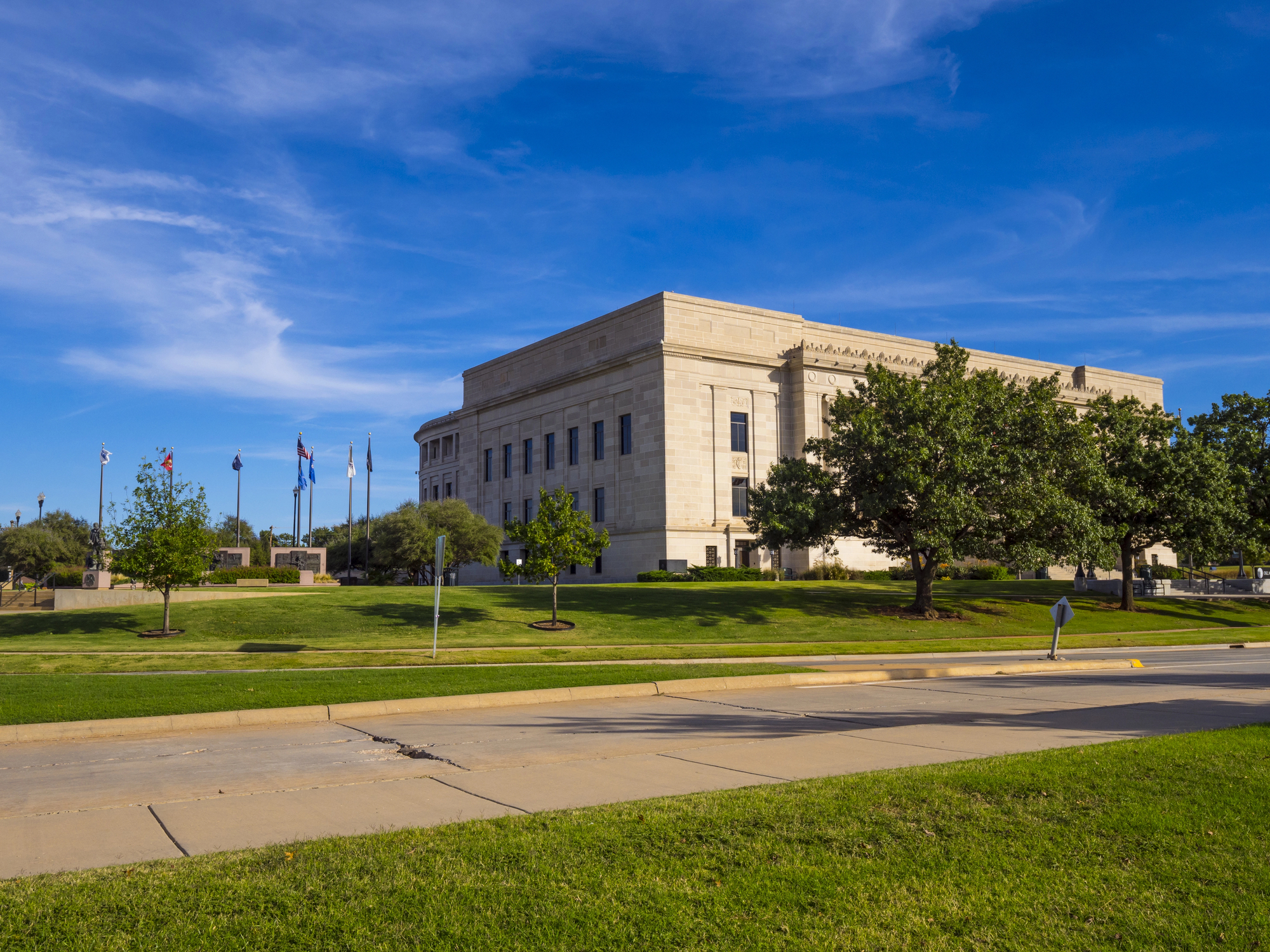November 30, 2025
The Role of Due Diligence in Securing Property Insurance
Securing commercial property insurance has become a more complex process in recent years, driven by rising claim costs,
Municipal buildings hold more than bricks and mortar; they are living monuments to a community's history, culture, and architectural achievements. From ornate courthouses to stately city halls, these structures serve as physical reminders of the past while continuing to play vital roles in civic life.
Preserving the historic architecture of municipal buildings is essential to maintaining a connection to the past, fostering community pride, and celebrating the craftsmanship of earlier generations.
However, preservation comes with its challenges. Aging materials, structural deterioration, and the need for modern updates often complicate efforts to maintain these buildings. Balancing the architectural significance of these structures with contemporary functional requirements demands thoughtful planning and expertise often through a property improvement plan adapted to the building’s needs.
Specializing in restoration, reconstruction, and capital improvement projects tailored to historic preservation, BlueTeam helps municipalities protect their treasured buildings while addressing the practical needs of today.
We’ll explore the importance of preserving historic municipal architecture, the challenges involved, and how BlueTeam’s comprehensive approach ensures each landmark remains integral to communities for future generations.

Historic municipal buildings carry deep cultural importance, serving as physical records of a community’s evolution. These structures often symbolize the aspirations and values of the societies that built them, showcasing architectural styles, materials, and craftsmanship unique to specific periods.
City halls, courthouses, and libraries often stand as enduring landmarks, shaping local identity and becoming points of collective memory. Therefore, preserving and retaining the original features and details safeguards the authenticity of the past while reinforcing a community’s connection to its roots
The architectural value of historic municipal buildings cannot be overstated. These commercial buildings are often masterpieces of design, showcasing craftsmanship and architectural styles that are rare or no longer in use today.
Whether it’s the intricate stonework of a courthouse or the towering columns of a city hall, architectural features represent both a specific time period and the skilled artisanship that defined it.
Municipal buildings can become symbols of civic unity, drawing people together and contributing to the collective memory of a community. A restored building can reignite community pride, becoming a landmark that people celebrate and identify with.
When a community invests in the preservation of such commercial structures, it reinforces the values of respect for history and the importance of heritage.
Preserving and restoring historic municipal buildings can also have positive economic implications. Historic sites often attract tourists and visitors, contributing to the local economy through tourism and related activities.
Furthermore, the restoration of a historic building can drive up property values and encourage local investment, revitalizing neighborhoods and fostering economic growth.
In an era when urban renewal is often intertwined with modern development, ensuring that historic buildings are preserved allows municipalities to honor the past while paving the way for the future.
Over time, historic buildings inevitably undergo wear and tear. Exposure to the elements, aging materials, and lack of regular maintenance can cause severe deterioration. From crumbling masonry to weakened foundations, structural issues are a significant challenge when restoring municipal buildings.
However, addressing these issues requires a delicate touch—overzealous repairs may compromise the building's historical integrity, while neglecting necessary restorations could lead to further damage.
While preserving the historical character of a building is paramount, municipal buildings must also meet the practical demands of modern use. Outdated electrical systems, plumbing, and HVAC systems must be updated to ensure the commercial building functions efficiently.
However, modernizing systems without detracting from the building’s aesthetic appeal presents a challenge. The integration of modern features must be handled with care, ensuring that contemporary solutions are implemented in ways that respect the historical architecture.
Restoring and maintaining historic buildings can be costly. Municipalities often struggle to balance the preservation of these structures with other budgetary concerns, especially given the limited public funds available.
Ensuring that funds are allocated effectively is a critical component of the preservation process.
Preservation efforts are often subject to a myriad of regulations, ranging from local building codes to national historic preservation laws. While regulations are designed to protect the integrity of historic structures, they can also complicate the preservation process.
Facing these complex rules and ensuring compliance with preservation standards can be daunting for municipalities, requiring expertise and experience.

The preservation of a historic municipal building begins with a comprehensive assessment and documentation process. Experts carefully inspect the building, identifying areas of concern such as structural damage, deteriorating materials, and areas that may need restoration.
The assessment involves documenting original features, including architectural details, blueprints, and historical records. Detailed documentation ensures that any restoration or reconstruction efforts are accurate and in line with the commercial building’s original design.
A key consideration in the preservation of historic buildings is whether restoration or reconstruction is needed.
Restoration involves repairing and conserving the original materials and design elements to bring the commercial building back to its former condition.
Reconstruction, on the other hand, may be necessary when significant portions of the property have been lost or damaged beyond repair. In such cases, carefully reconstructing elements to match the original design is essential to preserving the building's historical integrity.
One of the most important aspects of preserving historic architecture is ensuring that original materials are used wherever possible. Whether it's salvaging original bricks, stone, or wood, or sourcing period-appropriate materials, authenticity is key to maintaining the character and integrity of the building.
The use of modern materials should be minimized and only used when absolutely necessary for structural integrity, always with consideration for how they will affect the commercial building’s overall appearance.
Finally, incorporating modern systems and features into historic buildings is essential for functionality. However, great care must be taken to integrate these elements in a way that doesn’t compromise the building’s architectural character.
This part of the process might involve installing modern HVAC systems that are discreetly hidden behind period-correct moldings or replacing old electrical wiring with updated systems while preserving the original light fixtures.
These efforts require skillful planning and a deep understanding of both modern construction methods and historical preservation techniques.
BlueTeam is experienced in providing specialized restoration services for historic municipal buildings. Whether it’s repairing roofs and crumbling facades, restoring intricate details, or preserving decorative elements, BlueTeam’s team is dedicated to returning these commercial buildings to their original beauty.
Our restoration experts work closely with municipalities to ensure that all efforts are historically accurate and in line with preservation guidelines.
When elements of a historic building are beyond repair, BlueTeam offers reconstruction services to accurately recreate lost features. Using historical research and documentation, our skilled craftsmen can replicate missing architectural elements, ensuring that the building maintains its original aesthetic.
Be it restoring a missing window, recreating a damaged staircase, or rebuilding an entire section, BlueTeam handles reconstruction projects with great attention to detail.
BlueTeam also specializes in capital improvement projects that balance the preservation of a building’s historical value with the need for modern upgrades, such as updating plumbing, installing new electrical systems, or improving accessibility.
Capital improvements are designed with long-term sustainability in mind, helping municipalities meet both present and future needs.
BlueTeam’s expertise in historic preservation extends beyond just restoration and reconstruction; we also offer consultation services to help municipalities plan their preservation projects.
From conducting feasibility studies to navigating the complex regulatory landscape, BlueTeam provides guidance throughout the entire process.
As part of project management, BlueTeam handles everything from budgeting and scheduling to contractor coordination and permitting, ensuring that each project stays on track and within budget.
Navigating preservation codes and compliance requirements is often a challenge for municipalities. BlueTeam’s extensive experience with local, state, and federal preservation laws ensures that all restoration and reconstruction efforts are fully compliant.
BlueTeam works hand in hand with local preservation organizations and regulatory bodies to ensure that every aspect of the project adheres to the necessary guidelines, minimizing delays and complications.
After a historic municipal building has been restored, ongoing maintenance is essential to ensure its preservation. At BlueTeam, we offer long-term maintenance plans that include regular inspections, repairs, and preventative measures to keep the commercial building in excellent condition.
By monitoring the building’s health and addressing potential issues early on, BlueTeam helps municipalities protect their investments in historic architecture.

Preserving historic municipal architecture requires a thoughtful approach and expert guidance. By combining skilled craftsmanship, modern techniques, and a deep respect for history, BlueTeam ensures that these iconic buildings continue to serve and inspire
Contact our experts today to discuss how a tailored property improvement plan can safeguard your community’s most cherished landmarks while meeting modern needs.